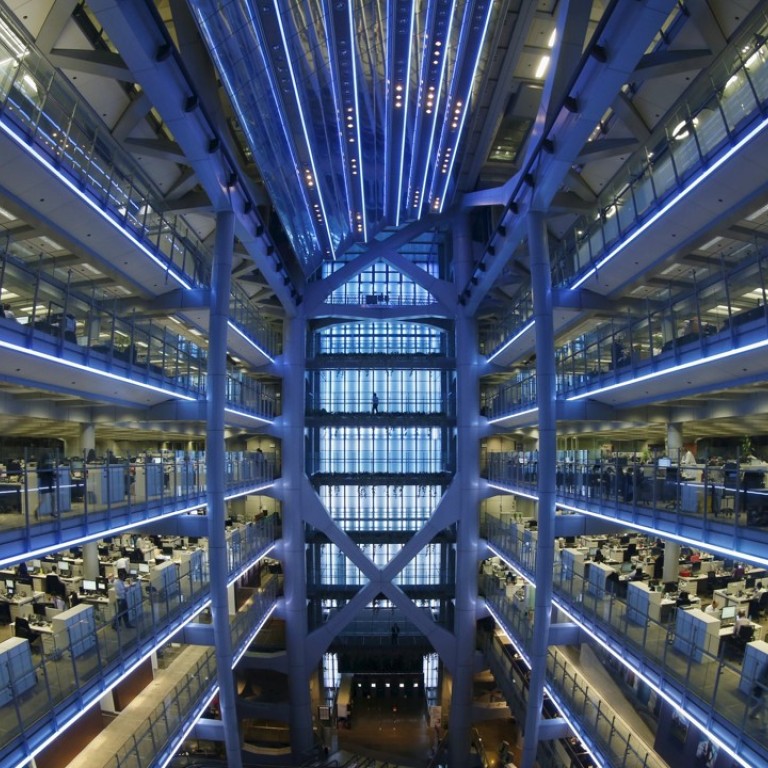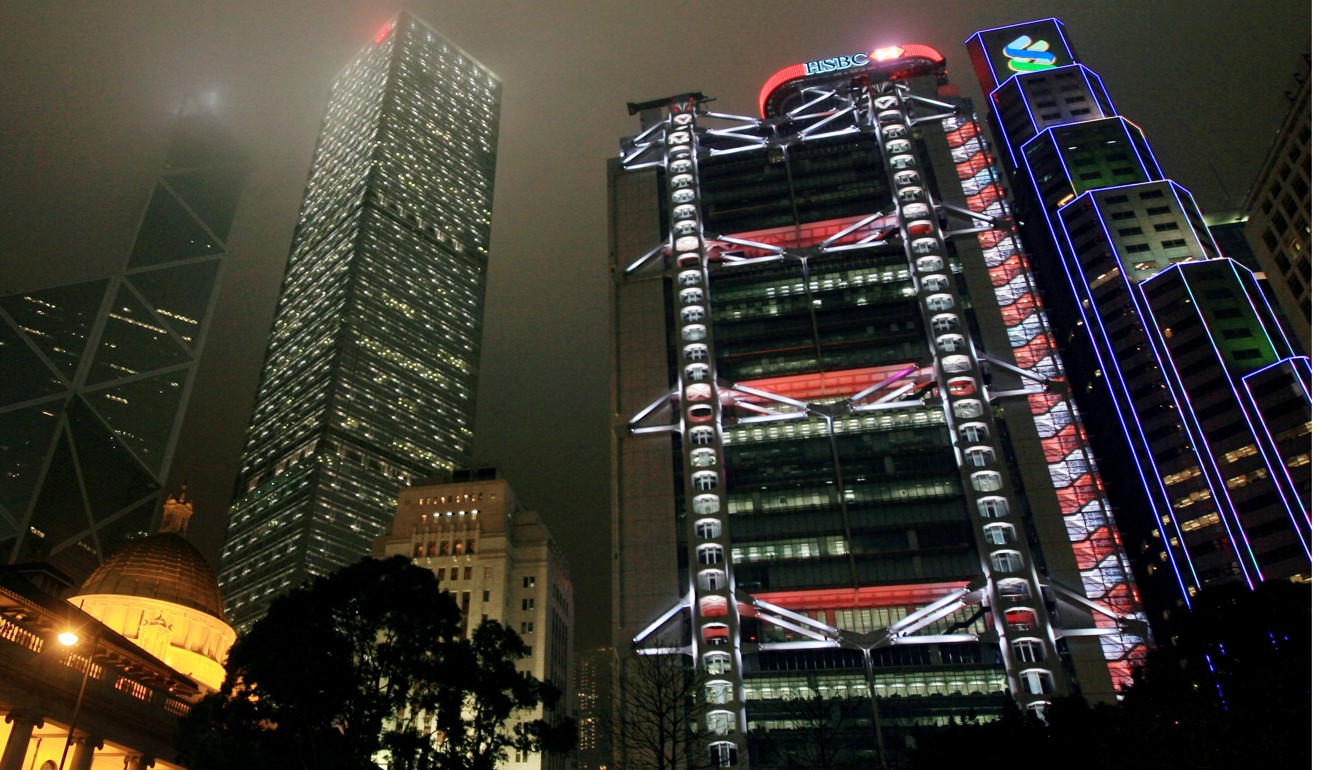
HSBC seeks ‘creative’ ideas to reach Hong Kong renewable energy targets
Bank will discuss with the city’s utilities on ways to achieve goal of sourcing 90 per cent of its energy needs from renewables by 2025
HSBC will seek the input of Hong Kong’s two utility firms to find “creative” ways to meet its ambitious target of sourcing 90 per cent of its energy needs from renewable sources by 2025 and 100 per cent in 2030, according to its head of sustainable finance.
Last month the bank announced the commitment to renewable electricity either through direct investment in a project or via power purchase agreements that directly help the financing of new renewable electricity assets.
HSBC is one of 177 businesses that signed up to the RE100 global initiative to commit to 100 per cent renewable energy.
The bank’s head of global sustainable finance, Daniel Klier, said in an interview that HSBC would “engage in discussions with the city’s two power utilities and other potential partners on finding “creative ideas” to realise the goals. He did not elaborate.
HSBC’s global power usage last year was 1.09 billion kilowatt-hours. Its Hong Kong headcount accounts for around 11.6 per cent of the global total.

Chan Wai-shin, head of the bank’s Climate Change Centre of Excellence, said one way to achieve the targets would be for HSBC to guarantee it would use renewable energy from projects to be built in the city.
However, although the city’s two utilities, HK Electric and CLP, have been conducting feasibility studies in the past decade on the building of offshore wind farms in Hong Kong with capacities of up to 300MW, the plans remain on the drawing board.
Simon Powell, Swiss bank UBS’ head of Asian utilities research, said that due to the scarcity of land in the city and the busy shipping traffic in its waters, there was little room for wind and solar farm development.
A spokesman for CLP said the utility encouraged “more active participation” by the community in local renewable energy projects. He noted that from October next year, when a new regulatory regime for utilities is introduced, the two will pay higher prices than normal tariffs to buy power generated by renewable assets in excess of the needs of individuals and organisations that built them.
HK Electric is open to “any local renewable development proposals that suit the regulatory environment in Hong Kong and could help transform the city to a low carbon and smart city,” a spokesman said.
Meanwhile, Klier said more could be done in Hong Kong to tap green finance.

Some US$1.9 billion of green bonds that can finance environmental protection projects have been listed in the city since the start of last year, compared to US$7 billion in Singapore, according to Dealogic.
The Monetary Authority of Singapore this year introduced three-year green bond grants of up to S$100,000 (US$74,183) per issue to offset companies’ additional costs in obtaining an external review needed to qualify for issuance.
Hong Kong’s chief executive, Carrie Lam Cheng Yuet-ngor, said in October that the government would take the lead in arranging the issuance of a green bond in the next financial year.

